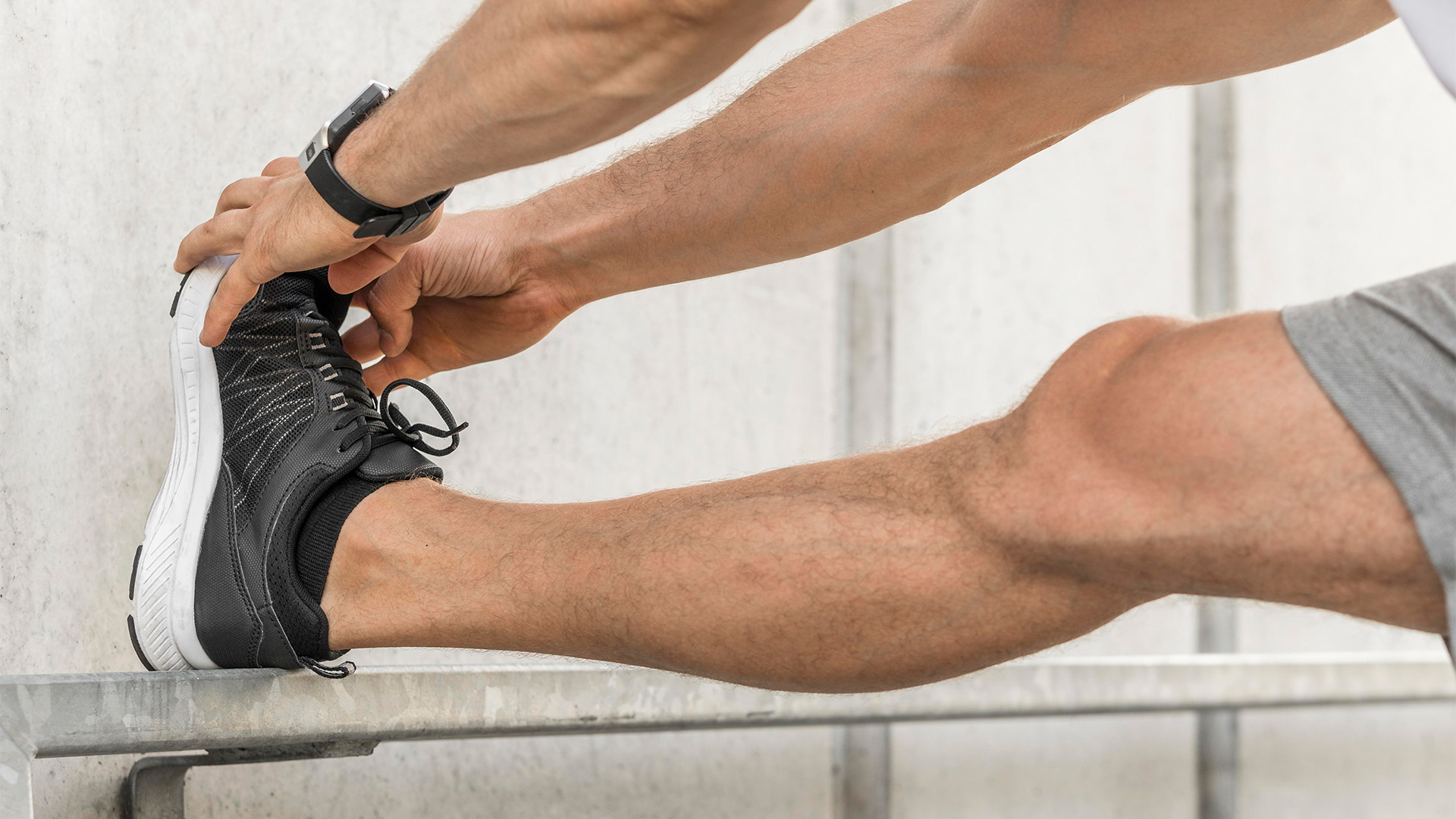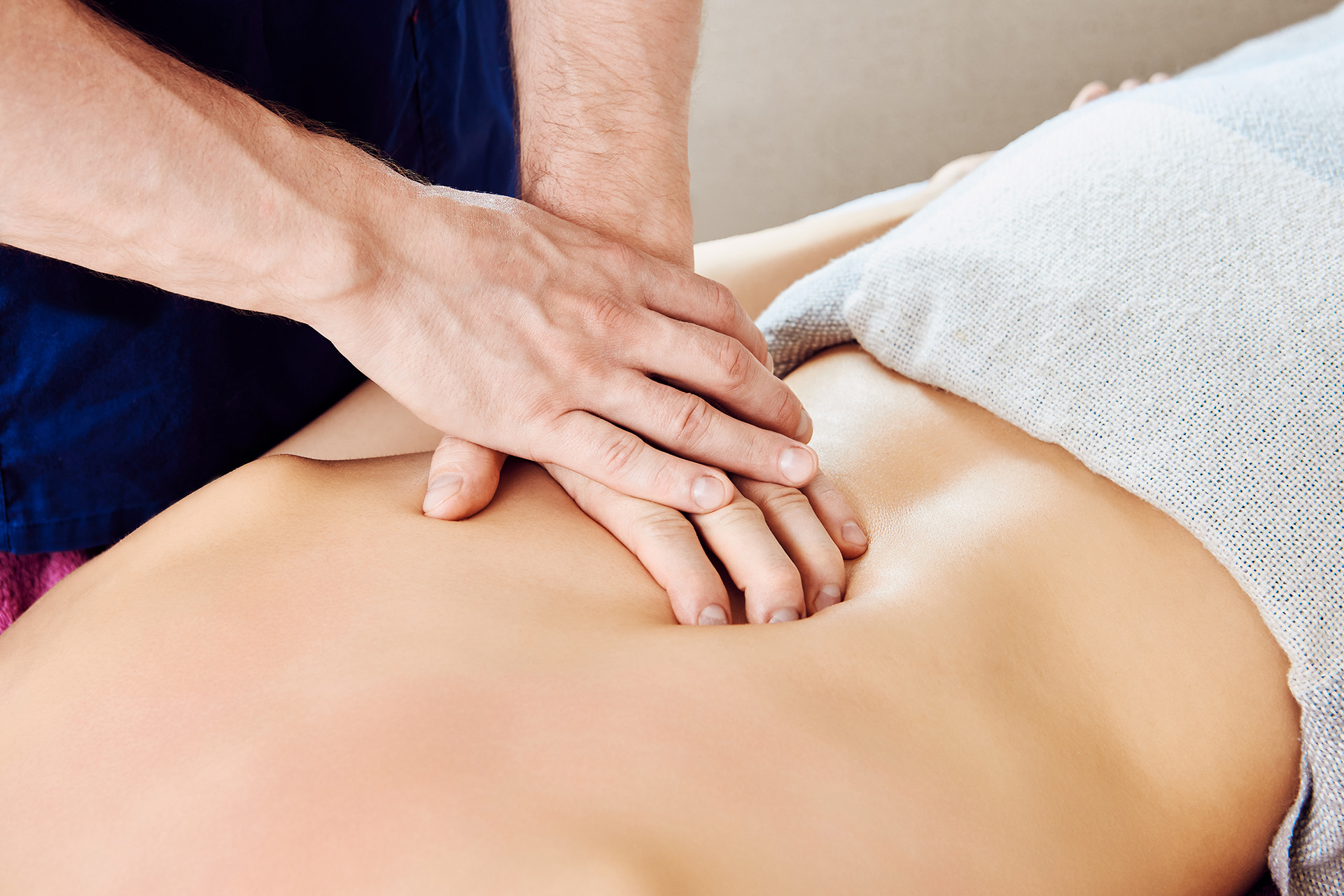Visceral manipulation – or “organ massage” – is a gentle manual therapy developed by Jean-Pierre Barral in the 1980s. It targets the connective tissue surrounding internal organs, aiming to alleviate tension that may contribute to broader musculoskeletal and functional issues. While promoted for diverse benefits such as improved digestion, mood, sleep, and reduced pain, current evidence remains limited and primarily early-stage. The author’s personal narrative offers insight into both the subjective experience of the treatment and its rising popularity within wellness circles.
A summary of the article “Meet the Weirdest Wellness Craze of the Moment: Organ Massage” (published March 6, 2017, by Lauren Mechling):
1. Introduction to the Technique
The author undergoes a session with Ramesh Narine, a practitioner in the Lower East Side who performs visceral manipulation—commonly referred to as “organ massage”—which entails gentle fingertip pressure across the abdomen. The experience is neither painful nor enjoyable; the client is instructed to focus on breath control during the session (iahe.com, Vogue).
2. Definition and Origins
Visceral manipulation is described as a derivative of craniosacral therapy, but focuses on the organs within the torso, where tension may accumulate (iahe.com, Vogue). The method was developed in the mid-1980s by French osteopath Jean-Pierre Barral, who, having worked in a dissection laboratory, theorized that the connective tissues surrounding organs can stiffen and contribute to physical dysfunctions elsewhere in the body (iahe.com, Vogue).
3. Practitioners and Popularity
Ramesh Narine is reported to be one of approximately 24,000 trained practitioners of this method (iahe.com, Vogue). The author also references hearing endorsements from model Carolyn Murphy, who claims to have experienced “liver” and “small intestine” massages and describes it in positive terms (iahe.com, Vogue).
4. Reported Claims and Health Benefits
Visceral manipulation is promoted to address a range of issues including sleep disruption, mood instability, digestive problems, pain, trauma, and stress (iahe.com, Vogue). Early research includes:
- Treatment of chronic constipation in children earlier that year (iahe.com);
- A 2013 study in Journal of the American Osteopathic Association suggesting it may aid in healing and preventing post-surgical abdominal adhesions (iahe.com, Vogue).
5. The Author’s Experience
The author sought visceral manipulation to address personal issues related to stress, overwork, and sleep difficulties. During the session, the therapist begins by “smudging” with sage and proceeds to massage the abdomen—then rests a hand on the author’s head in a meditative manner (iahe.com, Vogue).
Original artciles and references:
https://www.iahe.com/storage/docs/articles/meet-the-weirdest-wellness-craze-of-the-moment-organ-massage.pdf
http://www.vogue.com/article/visceral‐manipulation‐organ‐massage‐ sky‐ting‐ramesh‐narine‐sleep‐nervous‐system




